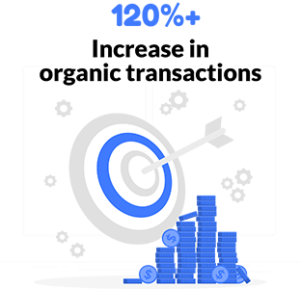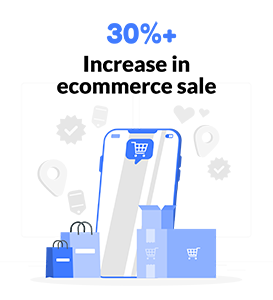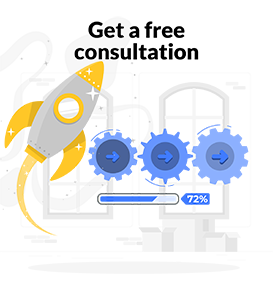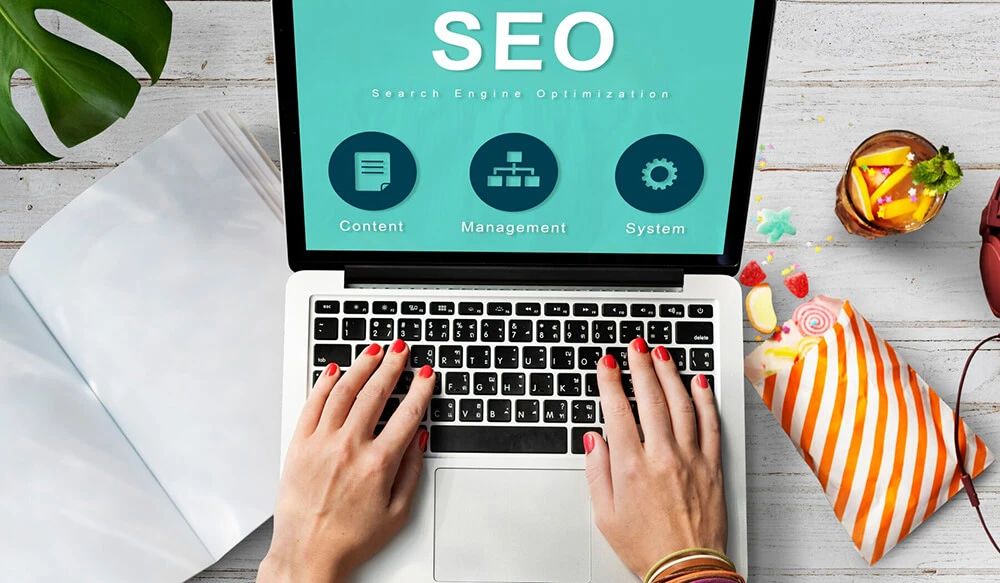On Page Optimization: Boost Your Website's Ranking
Are you struggling to get your website to rank on the first page of search results? If so, you’re not alone. With so many websites vying for attention, it can be challenging to
make your website stand out. But don’t worry – there are steps you can take to improve your website’s ranking, starting with On Page Optimization.
On Page Optimization, also known as On-Site Optimization, is the process of optimizing individual web pages in order to rank higher and earn more relevant
traffic in search engines. In other words, On Page Optimization is all about making sure your website is easily crawlable by search engines, while also providing a great user experience for your visitors.
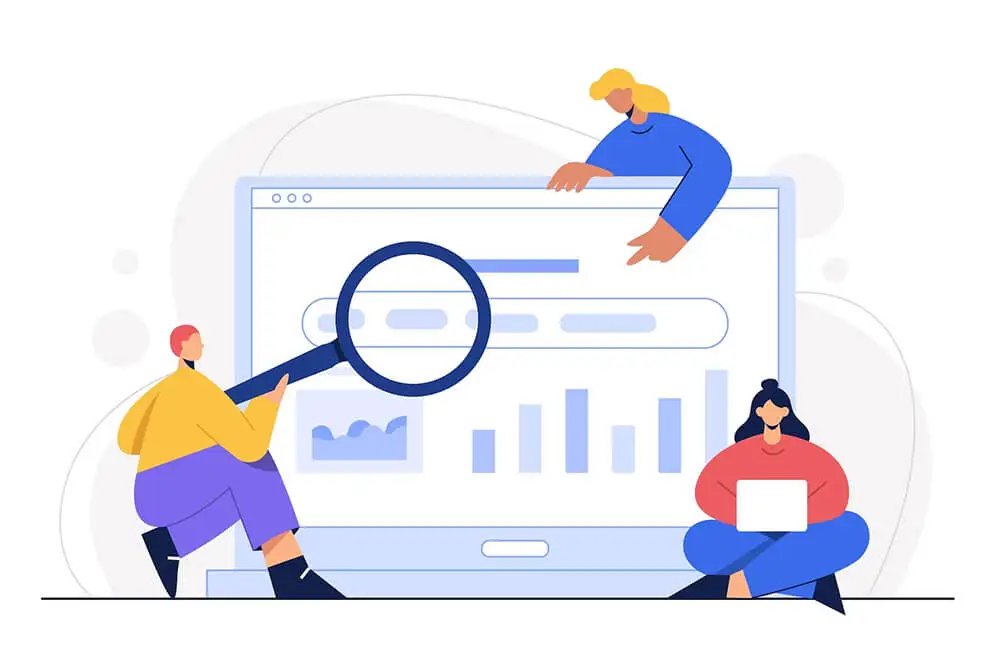
What does On Page Optimization entail?
Keyword Research
The first step in On Page Optimization is keyword research. You need to identify the keywords and phrases that your target audience is searching for. This will help you optimize your content and meta tags with the right keywords, so search engines can better understand the content of your website.
When conducting keyword research, it’s important to consider both the search volume and competition of each keyword. You want to choose keywords that have a high search volume but low competition, so you have a better chance of ranking for them.
Title Tags and Meta Descriptions
Title tags and meta descriptions are HTML elements that provide information about your web page to search engines. These are the first things that people see when your website appears in search results. It’s essential to optimize them with your target keywords and make them compelling enough to encourage clicks.
Your title tag should be no longer than 60 characters and should accurately reflect the content of your web page. Your meta description should be no longer than 160 characters and should provide a brief summary of what visitors can expect to find on your web page.
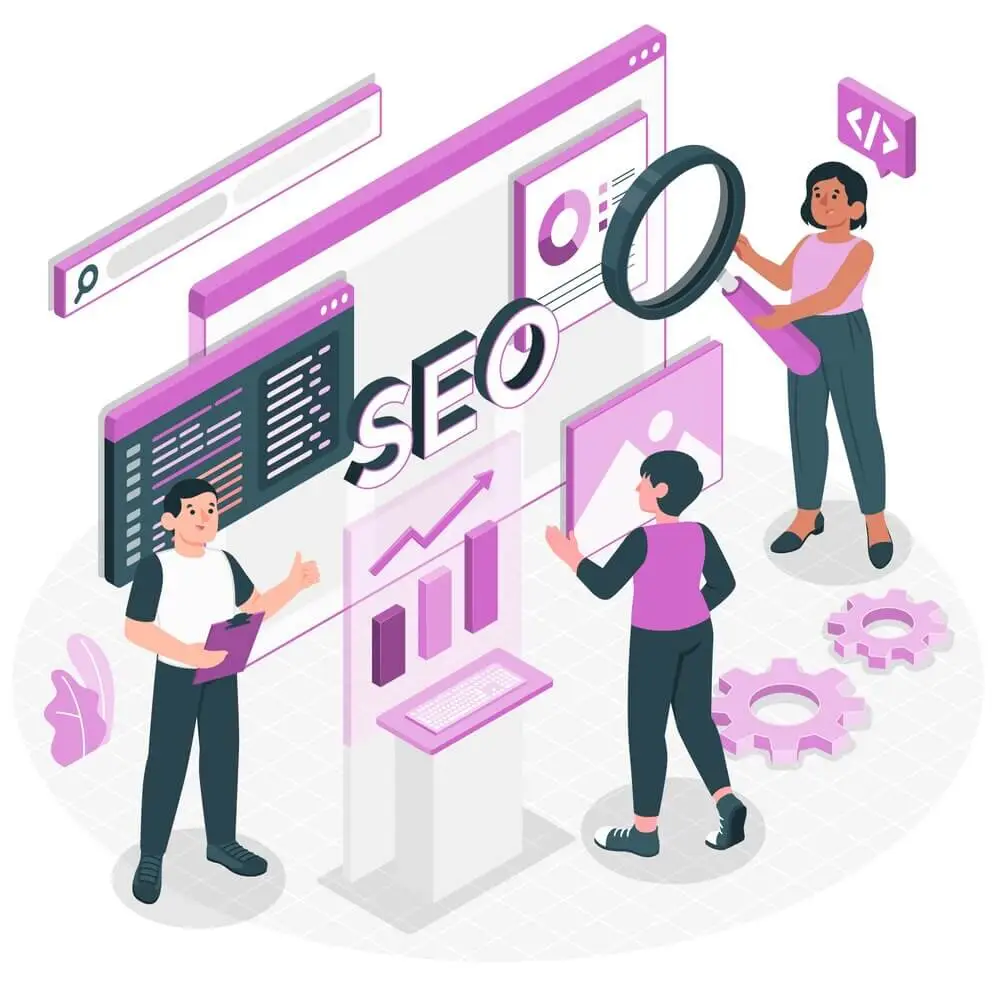
Header Tags
Header tags (H1, H2, H3) help search engines understand the structure of your content. They also help visitors quickly scan your page and find the information they’re looking for. Be sure to use your target keywords in your header tags where it makes sense.
Your H1 tag should be used for your main headline and should include your target keyword. Your H2 and H3 tags should be used for subheadings and should include variations of your target keyword.
Content Optimization
Your website’s content is the backbone of your On Page Optimization strategy. You need to optimize your content with your target keywords, while also providing valuable information to your visitors. Make sure your content is easy to read, engaging, and relevant to your target audience.
When optimizing your content, it’s important to strike a balance between keyword usage and readability. You want to use your target keywords throughout your content, but you don’t want to overdo it and make your content sound unnatural.
Internal Linking
Internal linking helps search engines understand the structure of your website and the relationship between your pages. It also helps visitors navigate your website and find the information they’re looking for. Be sure to link to other relevant pages on your website where it makes sense.
When linking to other pages on your website, make sure the anchor text (the text that’s clickable) includes relevant keywords. This will help search engines understand the context of the linked page.
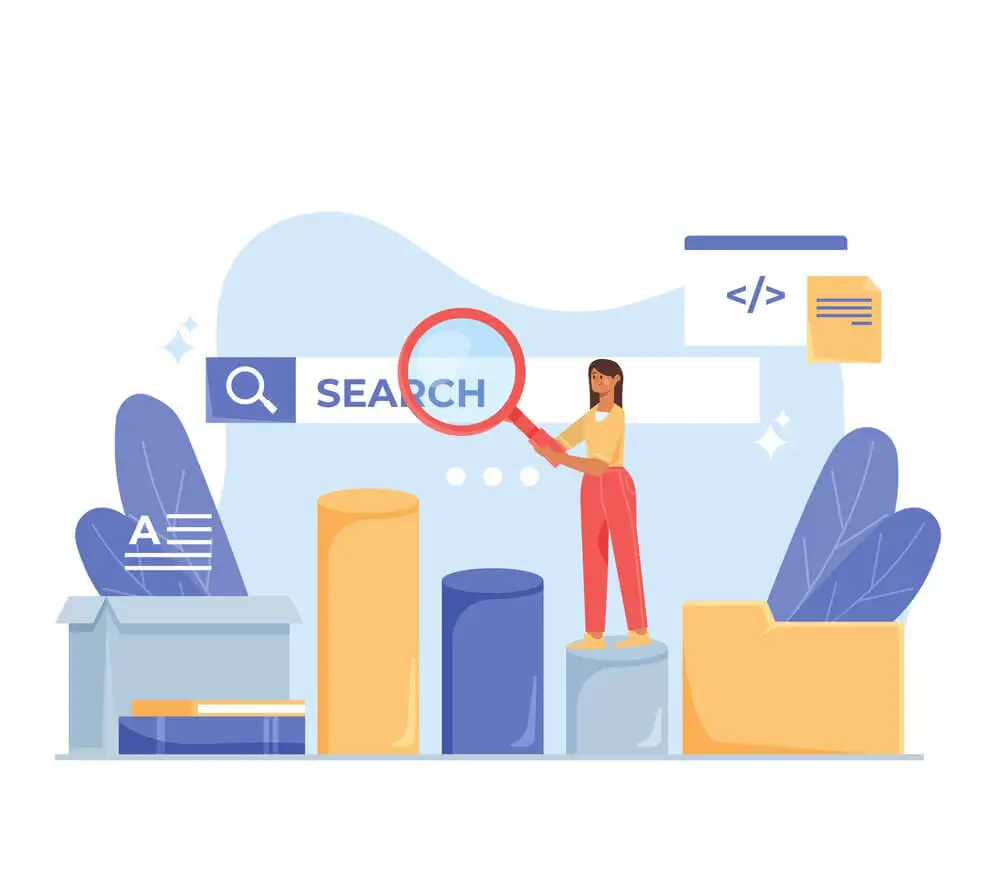
Image Optimization
Images can make your website more engaging, but they can also slow down your website if they’re not optimized correctly. Be sure to optimize your images with alt tags and compress them to reduce their file size.
When adding images to your website, make sure to include alt tags that describe what’s in the image. This will help search engines understand what the image is depicting and provide better accessibility to visually impaired users. Additionally, compressing your images will help your website load faster, which can improve your website’s user experience.
URL Optimization
Your website’s URL structure is an important factor in On Page Optimization. Your URLs should be descriptive, easy to read, and include your target keywords where it makes sense. This will help search engines understand the content of your web page and improve the click-through rate of your search results.
When creating your URLs, make sure to use hyphens to separate words, rather than underscores. Hyphens are more user-friendly and easier to read for both humans and search engines.
Final words
In conclusion, On Page Optimization is crucial for improving your website’s ranking in search results. By optimizing your website’s content, meta tags, images, and URL structure, you can make it more accessible to search engines and improve the user experience for your visitors.
At Zounax, we offer a comprehensive On Page Optimization service to help you improve your website’s ranking and attract more relevant traffic. Our team of experts will conduct thorough keyword research, optimize your content and meta tags, and ensure your website is easily crawlable by search engines. Contact us today to
learn more about how we can help you improve your website’s On Page Optimization.
Curious about the ins and outs of digital marketing?
Subscribe to our email newsletter for the latest digital marketing insights, and also make sure to read our blogs. See you next time!
